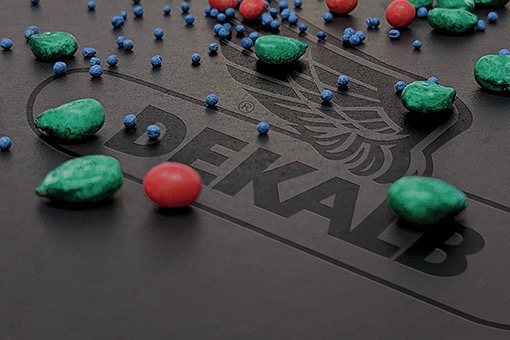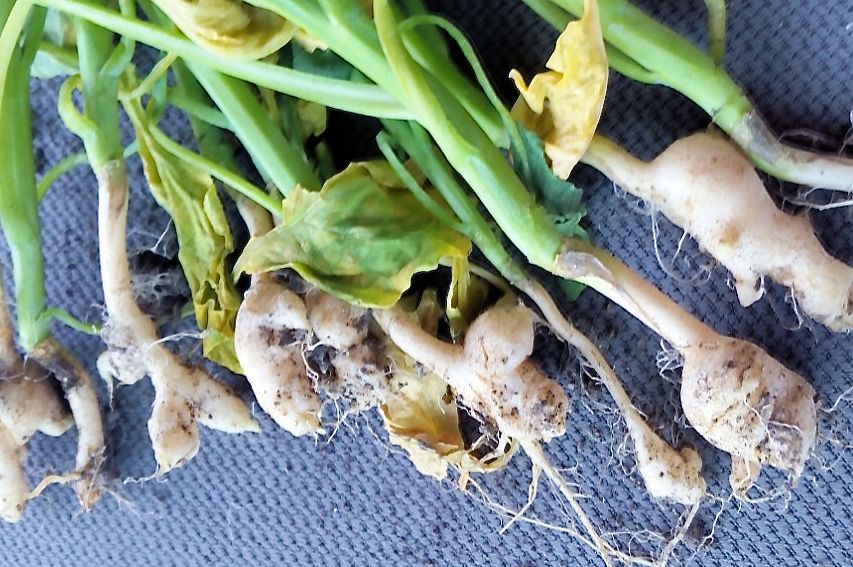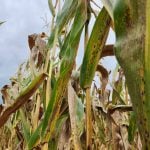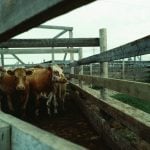A study of 27 canola fields across Alberta has found 16 infected with clubroot pathotypes able to cause “high levels” of the disease — in canola plants with clubroot-resistant genetics.
What’s more, the clubroot pathogen isolated from “many” of the infected fields in the study was virulent on all clubroot-resistant canola cultivars, the Canola Council of Canada said in a release Friday.
“It is suspected that there may be multiple pathotypes causing this loss of function of clubroot resistance.”
The findings came from field surveillance in 2014 by Alberta’s agriculture department, the University of Alberta and the Canola Council. University researcher Stephen Strelkov early last year confirmed the presence, in fields around Edmonton, of clubroot pathotype 5x, a type virulent on current forms of clubroot resistance.
Read Also

Pulse Weekly: AAFC raise dry pea, lentil production numbers
Agriculture and Agri-Food Canada raised its 2025/26 production calls for dry peas and lentils from its July report. AAFC issued its latest monthly report on Aug. 20, and adjusted exports, domestic usage and ending stocks.
Furthermore, “these new fields aren’t clustered around the original location of resistance breakdown,” said Dan Orchard, the council’s clubroot lead and agronomy specialist at Wetaskiwin, Alta.
The new fields, he said Friday, “are hundreds of kilometres apart and throughout the clubroot-infested areas of the province.”
Keeping such resistant spores from building up in fields is best done with longer rotations and the use of resistant varieties, Orchard said.
“If growers wait for clubroot to show up before choosing resistant varieties, the selection pressure for new virulent pathotypes is literally millions of times higher than if growers begin using these varieties before the disease shows up.”
Also, good sanitation is recommended for equipment in all field operations — spring seeding and spraying included, the council said.
“The level of sanitation should be based on the level of clubroot risk, but at least 90 per cent of clubroot spores that move from field to field can be stopped by just scraping off 90 per cent of the soil,” Orchard said.
The province and the university “continue to monitor the situation closely,” the council said. Their work includes surveillance for clubroot pathotypes able to beat resistance, and a research program to evaluate new clubroot pathotypes.
Growers and agronomists should also scout canola fields this summer with “extra effort” on clubroot identification, the council said.
The best time to scout for clubroot symptoms on roots is late in the growing season — about two weeks before swathing — when root galls should be easy to identify, the council said. Soil samples can also be collected at any time of year, both from canola plots and non-canola fields.
The council also urged growers to call their local Canola Council agronomy specialist if they suspect their varieties’ resistance has had a breakdown.
“Identifying breakdown will aid the entire industry in agronomic research and varietal development efforts to manage this disease,” Orchard said.
Caused by soil-borne Plasmodiophora brassicae, clubroot is established in Canada mainly in vegetable-growing regions of Quebec, Ontario, Atlantic Canada and British Columbia.
In infected canola, swollen galls appear on plant roots, cutting off the supply of water and nutrients to the plant, causing it to prematurely ripen and die. Typical yield losses run around 50 per cent but can run up to nearly 100 per cent in fields under severe clubroot pressure.
The disease’s first appearance in Canadian canola was in Quebec in 1997, but it took until 2003 for clubroot to turn up on the Prairies, in spots near Edmonton, from which it’s since been spreading. The disease has since been found in isolated cases in Saskatchewan, Manitoba and North Dakota. — AGCanada.com Network













